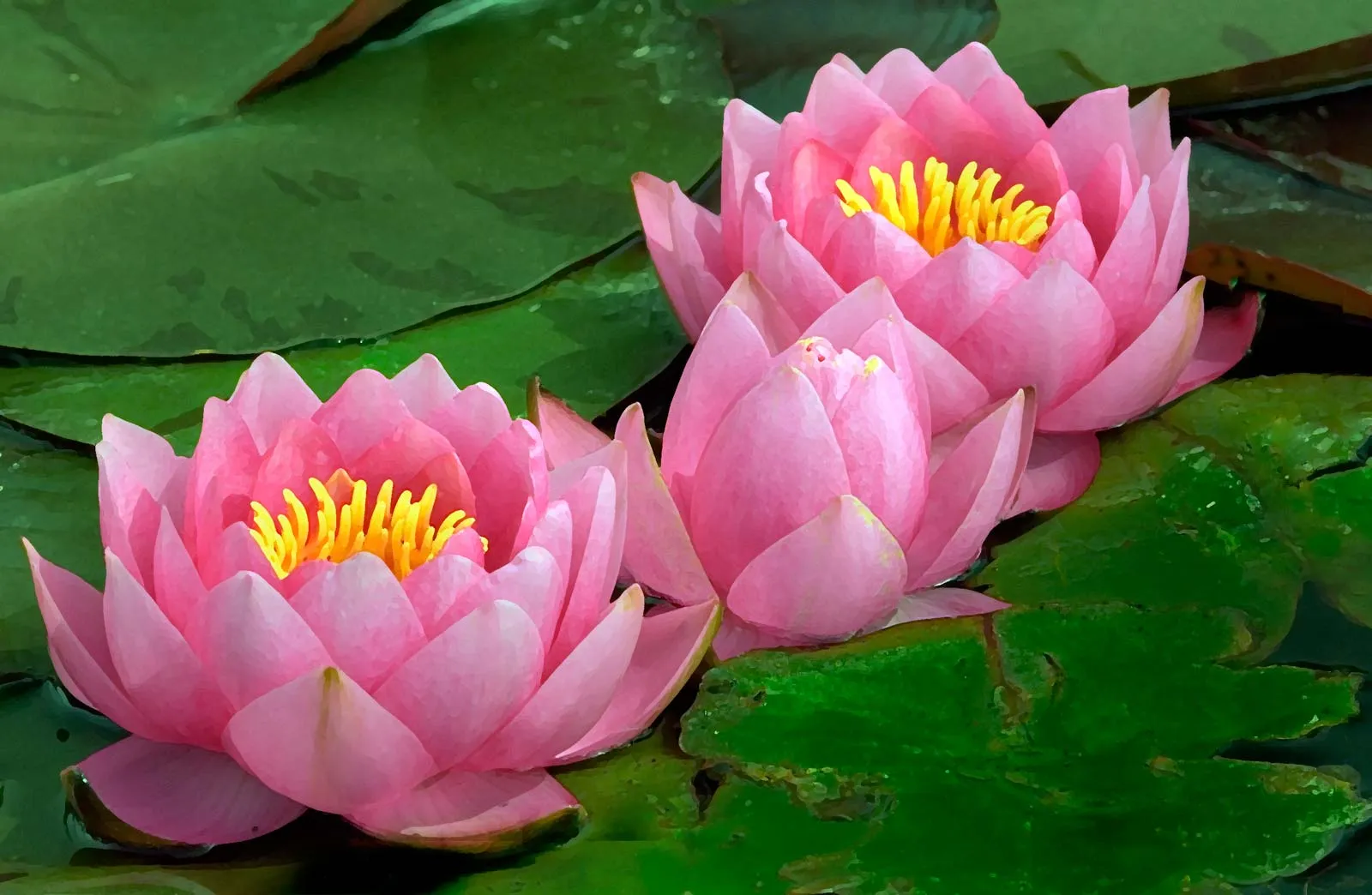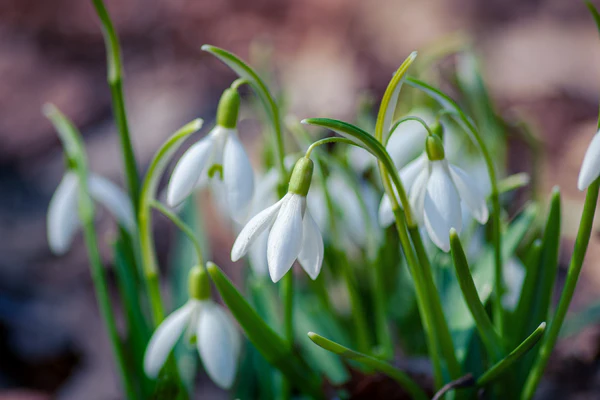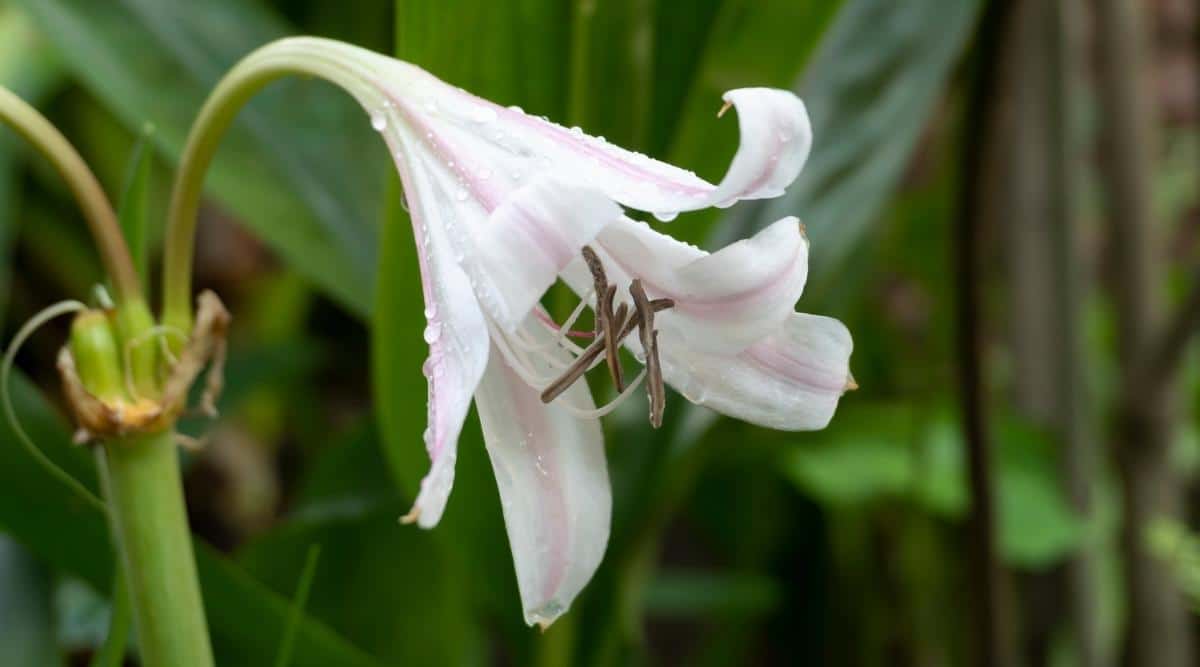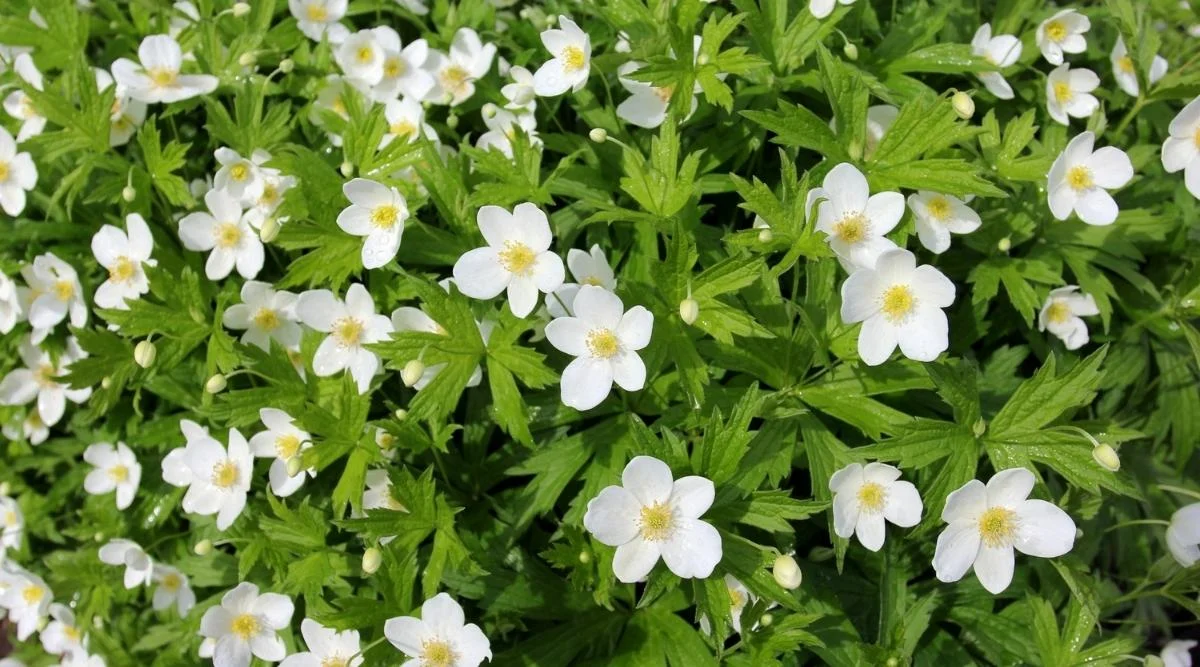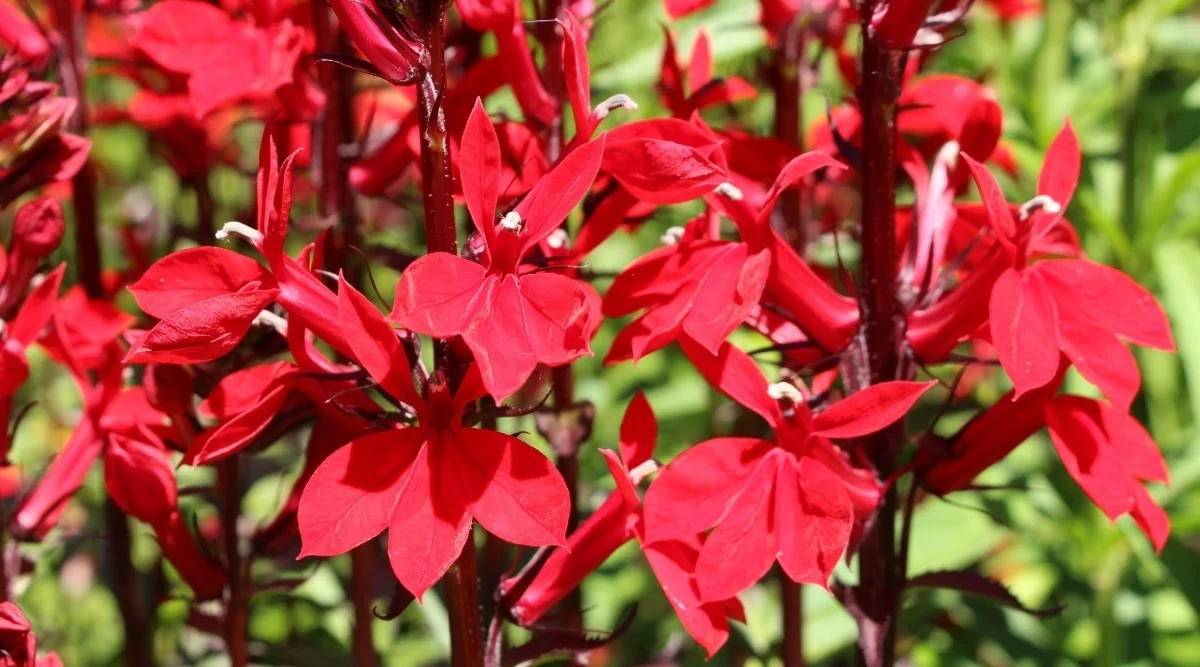japanchildrenrights.org – The water lily (Nymphaea) is one of the most iconic and elegant flowers in the world. Known for its stunning beauty and serene presence, it is often associated with calm, tranquil ponds and serene water gardens. Water lilies have been celebrated for centuries, both for their visual appeal and their role in ecosystems. Their large, showy blooms and floating leaves make them a favorite among gardeners and nature enthusiasts alike.
Appearance and Characteristics
Water lilies are easily recognizable due to their distinctive large, flat, round leaves that float on the surface of the water. These leaves are typically a rich green color and can range in size from a few inches to over a meter in diameter, depending on the species. The leaves have a waxy coating that helps repel water, keeping them dry and buoyant as they float.
The flowers of the water lily are equally captivating. They are large, with multiple layers of petals that can range in color from pure white to deep pink, yellow, and even blue. The flowers generally have a star-like shape, with a prominent central cluster of stamens that add to their beauty. The blooms typically open in the morning and close by evening, following the sun’s movement, which is a characteristic of many species.
Water lilies come in both hardy and tropical varieties. Hardy water lilies can survive in cooler climates and are often found in temperate regions, while tropical species prefer warmer temperatures and are commonly seen in subtropical and tropical regions.
Habitat and Distribution
Water lilies are native to a wide range of regions, with species found in North America, Europe, Asia, and Africa. They thrive in shallow, slow-moving water, such as ponds, lakes, and marshes, where the water is calm and there is plenty of sunlight. Water lilies are rooted in the mud at the bottom of these bodies of water, with their long stems extending upward to support the floating leaves and flowers.
These aquatic plants require still water to grow properly. Moving water, such as that found in rivers and streams, can make it difficult for the plants to establish themselves, as their delicate roots are not well-suited to strong currents. Water lilies are commonly found in freshwater environments, but there are also a few species that can tolerate brackish water.
Ecological Importance
Water lilies play a significant role in the ecosystems they inhabit. Their large, floating leaves provide shade for aquatic life, helping to keep the water cool and reduce the growth of algae. This shading effect is particularly important in maintaining water quality, as it prevents excessive sunlight from stimulating algae blooms that can deplete oxygen in the water.
Additionally, water lilies provide habitat and food for a variety of wildlife, including fish, amphibians, and insects. Their flowers are pollinated by bees, beetles, and other insects, while their roots offer shelter for small aquatic creatures. The plants also help stabilize the soil at the bottom of ponds and lakes, preventing erosion.
Symbolism and Cultural Significance
Water lilies have held symbolic significance in various cultures for centuries. In many parts of the world, they are seen as symbols of purity, beauty, and rebirth. In ancient Egypt, the water lily was a symbol of the sun and creation, as the flower opens in the morning and closes at night, mirroring the cycle of the sun. The lotus, a related species, holds similar meanings in Eastern cultures, especially in Hinduism and Buddhism, where it is often associated with enlightenment and spiritual awakening.
In the Western world, the water lily has long been admired for its grace and serenity, making it a popular subject in art, particularly in the works of Impressionist painters such as Claude Monet. Monet’s series of water lily paintings, created in his own garden, helped cement the flower’s place in the cultural consciousness as a symbol of beauty and tranquility.
Growing and Caring for Water Lilies
Water lilies are relatively easy to grow in the right conditions. They require a pond or water garden with at least 18-24 inches of water depth to accommodate their roots. These plants thrive in full sun, needing around six hours of sunlight each day to promote healthy growth and vibrant blooms.
Water lilies should be planted in a pond with calm water, as they are not suited to areas with strong currents. The plant’s roots are typically placed in containers filled with loamy soil, which can then be submerged in the pond. It is important to use heavy containers to prevent the plants from floating away.
Regular maintenance includes trimming dead or decaying leaves, as well as thinning out the plants if they become too overcrowded. In colder climates, hardy water lilies should be protected from freezing temperatures during the winter months, either by moving them to a deeper section of the pond or by bringing them indoors.
Medicinal and Historical Uses
Water lilies have been used in traditional medicine for various purposes, particularly in Asia. The flowers, stems, and roots of certain species are believed to have mild sedative and anti-inflammatory properties. In some cultures, water lilies are used in herbal remedies to treat ailments such as insomnia, digestive issues, and anxiety. However, it is important to note that medicinal use of water lilies should be done with caution and under professional guidance.
Conclusion
The water lily is a timeless symbol of natural beauty, grace, and ecological importance. Whether growing in tranquil ponds or gracing the pages of art history, this elegant flower continues to captivate people around the world. Its role in supporting aquatic ecosystems, combined with its cultural significance, makes it a truly remarkable plant. For gardeners, the water lily offers an opportunity to add beauty and serenity to water gardens, while also supporting the health of aquatic habitats.

